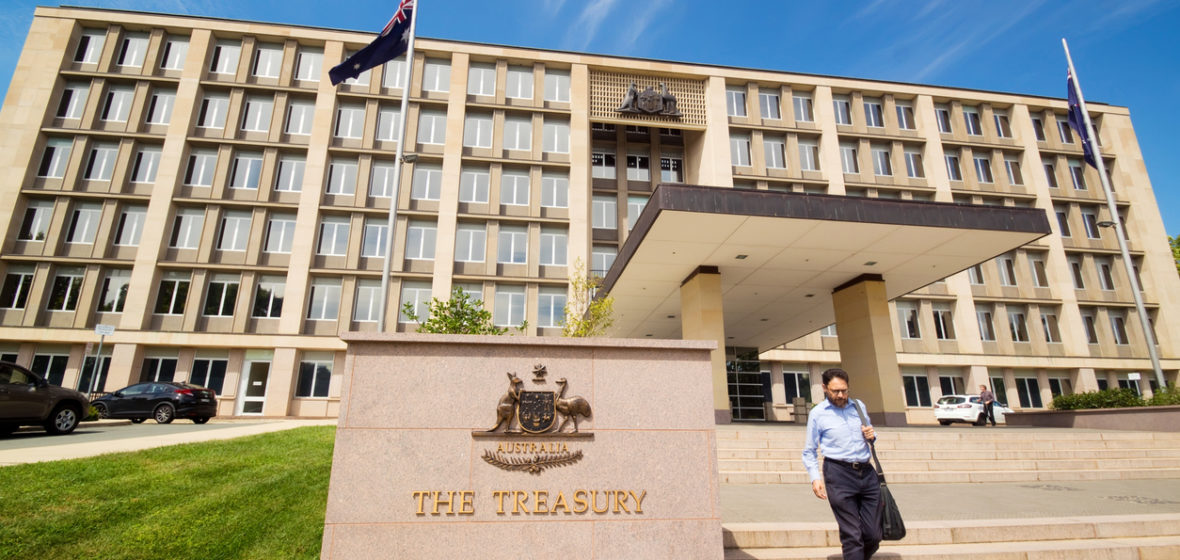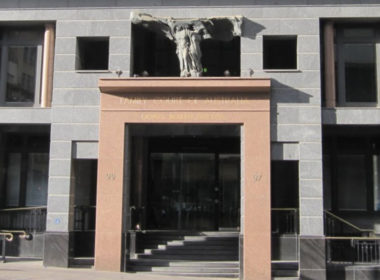The number of federally funded judges in the Family Court and Federal Circuit Court of Australia will jump to 111 nationally, up from 101, under additional funding the government has promised in the 2021 Budget.
Family law judges had been been buckling under crippling caseloads, sparse resources and ballooning wait times for litigants in recent years. Under the incoming Budget, however, two additional judges will be appointed to the Family Court, and eight to the Federal Circuit Court of Australia. It is hoped this will reduce the burden on existing judges – some of whom told a senate inquiry last year they were overseeing up to 600 cases at a time.
The courts, which will amalgamate officially in September after a restructure was recommended by the government’s two-year review into the family law system, will receive $100 million of additional resources over the next four years.
Chief Justice William Alstergren said the funding would provide welcome assistance as the courts transitioned into the new streamlined system and would translate into significant benefits to litigants.
“This is very good news for the Australian public. For too long, we have endured a less than ideal system, and with the injection of such substantial resources, I am confident that the Courts can start to address the unacceptable delays litigants have faced for many years,” the Chief Justice said in a statement released by the Family Court and Federal Circuit Court in May.
“The judges of our Courts are some of the hardest working judges in Australia, demonstrated over the past 12 months by their ability to continue to hear cases successfully throughout the pandemic. This funding will provide them with critical and much‐needed support to continue to deal with their unrelenting workloads.”
The downstream savings created by proper investment in the legal sector are clear.
– Jacoba Brasch QC, President of the Law Council of Australia
Domestic and family violence
The new Budget will provide $416.2 million over four years to support victims of domestic and family violence, covering promising new initiatives such as expanding the Family Advocacy and Support Services (FASS) to 26 new locations including in regional areas. A quarter of the money ($101.4 million) will be used to increase access to children’s contact services for families unable to safely manage arrangements for contact and changeover of their children.
Criminal justice responses to sexual assault, sexual harassment and coercive control will also be bolstered.
The Budget also forecast wins for women’s legal services, with a total $129 million over four years to increase their capacity assisting women experiencing or at risk of family violence. An additional $17.1 million would go towards domestic violence units and health justice partnerships, to deliver additional mental health services for women who have experienced violence.
President of the Law Council Jacoba Brasch said the “chronically underfunded” legal assistance sector would welcome the targeted funding.
“Women’s legal services in particular have faced a significant increase in demand over the last 12 months, with the COVID-19 pandemic pushing these already resource-poor centres to breaking point,” she said.
“The downstream savings created by proper investment in the legal sector are clear. It’s time government recognises that a failure to adequately invest in these services has broader implications to health, housing, social services and welfare, child protection, families, corrections, policing and justice portfolios.”
The list of female-centric support measures came in an historic “Women’s Budget Statement”, the first of its kind in Australia, which women ministers Marise Payne, Anne Ruston and Jane Hume presented to parliament on 12 May. As well as the $129 million for legal assistance, the ministers announced a new trial program to give women fleeing violent relationships up to $5,000 in assistance, split into a $1,500 payment and $3,500 in expenses like rent, legal fees and furniture.
But organisations that assist women fleeing family violence said the funding falls short. CEO of Women’s Safety NSW, Hayley Foster, said the Budget did little to address the root causes of violence, or to assist the nine in 10 women who wanted to be supported to stay at home with the abuser removed.
“If we don’t get serious about primary prevention, we’re never going to achieve the generational change we need to see in this country for rates of violence against women to come down,” Foster said.
Women’s Legal Services Australia (WLSA) welcomed the funding boost but warned new money would not create a “safe, child-centred system” without broader law reform.
“I’m heartened at the government’s acknowledgement of the crucial role women’s legal services play in responding to violence against women,” CEO of WLSA Angela Lynch said.
“… but women and children will only be safe in the system if changes are made to make it the priority. For example, the assumption of shared parental responsibility, which gives violent men an incentive to litigate and puts children at risk.
“This dangerous presumption routinely gives violent perpetrators continued access to their victims and has already caused preventable deaths. Survivors have been clear: it must go.”




